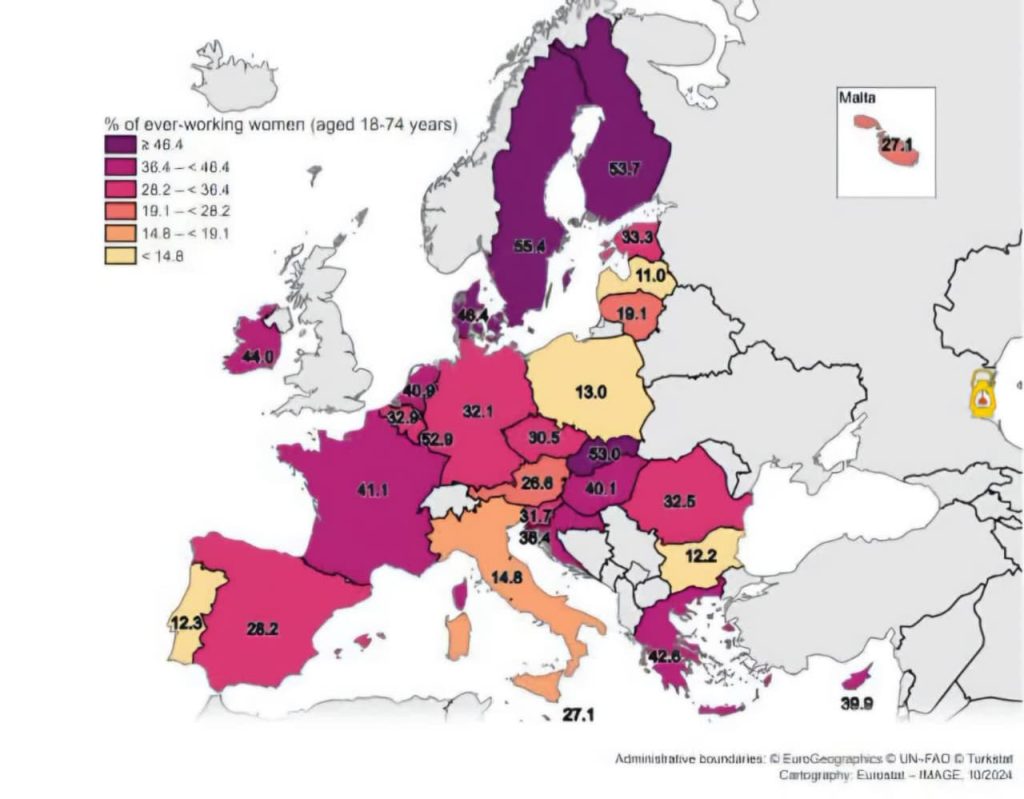A major EU‑wide survey has uncovered deeply troubling statistics: sexual harassment remains widespread in the workplace, particularly impacting young women. What’s more, increasingly, harassment is occurring through digital channels—colleagues and superiors targeting women via messaging apps. The findings underscore a new, insidious dimension of workplace gender violence.
Workplace Harassment Still a Serious Threat
According to the EU gender‑based violence survey conducted by Eurostat, EIGE and FRA, around 31 % of working women across EU Member States report having experienced sexual harassment at work. Alarmingly, for women aged 18–29, this figure rises sharply to 42 %.
These figures mirror earlier reports: many EU countries document between 11 % and 41 % of women reporting workplace harassment during their lifetimes, often by superiors, colleagues, or even clients.
Cyber‑Harassment: A Hidden Workplace Hazard
The survey also sheds light on harassment via digital platforms. Roughly 7 % of women said they experienced sexist or sexual harassment through messaging apps or social media—rising to 13.5 % for the 18–29 age group. These incidents often go unnoticed by employers, as they take place outside visible workplace interactions, yet they inflict emotional harm comparable to in‑person harassment.

Why Young Women Are Especially Vulnerable
Young women not only report workplace harassment at higher rates, but also experience greater exposure to cyber‑harassment. Additionally, many incidents remain under‑reported due to fear, shame, distrust in authorities, or insufficient workplace support.
What the Statistics Mean—and What Must Change
These findings reveal that no place is truly safe for many women—whether physically at work or online. The prevalence of harassment highlights structural and cultural shortcomings in European workplaces. While EU institutions are discussing legislative reforms and stronger protections under the Istanbul Convention, actual implementation remains patchy.
Employers must treat sexual harassment as a serious health and safety issue. Reporting systems should be transparent, accessible, and free from retaliation. Training, intersectional awareness, and modern protocols covering digital misconduct are essential. Policies must keep pace with shifting norms and technologies.
Conclusion
The message is clear: progress is needed not just in rhetoric, but in practice. From HR policies to digital conduct standards, workplaces across Europe must evolve. Until women can work and communicate without fear—whether face‑to‑face or via chat apps—the promise of equality remains unfulfilled.


